The views expressed in our content reflect individual perspectives and do not represent the authoritative views of the Baha'i Faith.
One of our visiting students noticed that some of the Baha’is she met wore jewelry with a nine-pointed star or a Baha’i ring-stone symbol.
Question: Is there some sort of meaning behind these symbols, similar to how the cross reminds Christians that Jesus died for our sake; or the Star of David represents the teachings of Judaism?
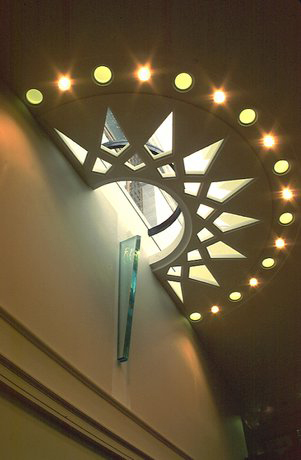 Baha’is have informally adopted the nine-pointed star as a symbol for a number of reasons. The word “Baha” (Arabic for “Glory”) corresponds to the number nine in the Arabic system that assigns numerical values to letters, called the Abjad system. Also, it was nine years after the announcement of Baha’u’llah’s Forerunner, the Bab, that Baha’u’llah received His own revelation in a dungeon in Tehran (the Black Pit or Siyah-chal). Nine also symbolizes comprehensiveness and culmination, simply because it is the highest single digit number. Baha’i temples have nine sides, as well, which symbolizes the fact that everyone is welcome to come in and pray, regardless of what religious direction they come from.
Baha’is have informally adopted the nine-pointed star as a symbol for a number of reasons. The word “Baha” (Arabic for “Glory”) corresponds to the number nine in the Arabic system that assigns numerical values to letters, called the Abjad system. Also, it was nine years after the announcement of Baha’u’llah’s Forerunner, the Bab, that Baha’u’llah received His own revelation in a dungeon in Tehran (the Black Pit or Siyah-chal). Nine also symbolizes comprehensiveness and culmination, simply because it is the highest single digit number. Baha’i temples have nine sides, as well, which symbolizes the fact that everyone is welcome to come in and pray, regardless of what religious direction they come from.
RELATED: Houses of Worship: Spiritual Centers for Community Life
Baha’is often use a nine-pointed star on tombstones where Baha’is are buried, but you’ll also see the symbol used in many different contexts in the Baha’i community. It symbolizes the essential purpose of the Baha’i teachings – to create one world, united under God.
The Baha’i ring-stone symbol, a calligraphic rendering of the phrase “Allah’u’abha”, means “God is most glorious” — but it also does something I think is truly lovely. It graphically depicts the relationship between God, His Manifestations, and Man. The top bar represents the world of God (the spiritual realm); the bottom bar that mirrors it signifies our world; and the line between them symbolizes the Manifestation of God (Christ, Buddha, Baha’u’llah, etc). The vertical line that connects all three planes of existence exemplifies the Holy Spirit. The two stars in the ring-stone symbol stand for The Bab (who prepared the way for Baha’u’llah) and Baha’u’llah. This beautiful symbol reminds Baha’is that we are connected to God through the Holy Spirit and the Manifestation of God.
RELATED: A New Way to Comprehend the Holy Spirit
The last of these, which Baha’is call “the Greatest Name”, is an artistically-drawn calligraphy of the Arabic phrase “Ya Baha’ul Abha” meaning “O glory of the All-Glorious”. You may see this version, first drawn by a renowned 19th Century Baha’i calligrapher named Mishkin-Qalam (who was one of the earliest Baha’is), hanging on the wall in Baha’i homes. Rendered in the shape of an ark or boat, it can serve as a metaphor for how the Faith of God through the ages has preserved believers from the spiritual storm of this earthly life.
These symbols all represent ideas and concepts Baha’is revere: That God continually educates humanity through progressive revelation; that all religions come from one Creator; that the unity of humanity represents the highest and most spiritual goal of our age.
You May Also Like
Comments



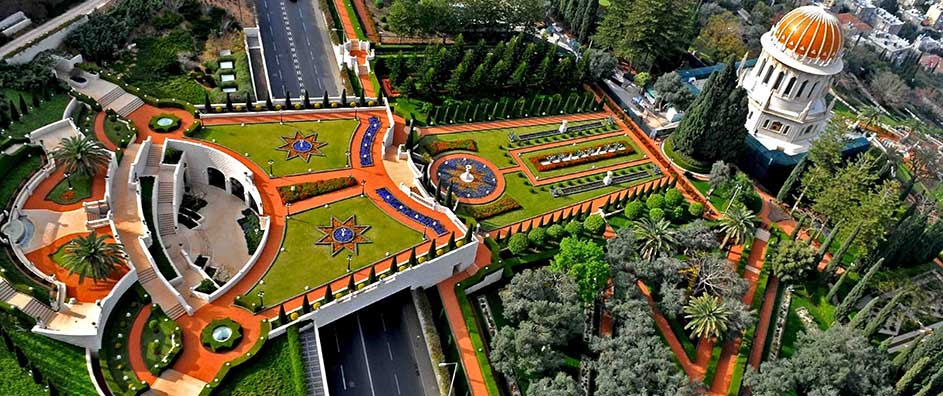
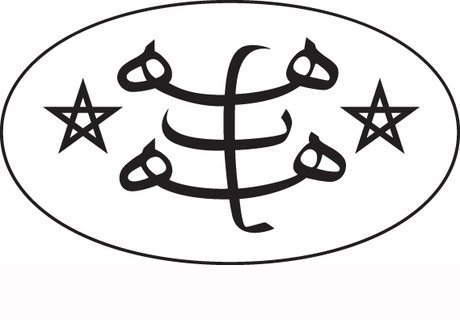
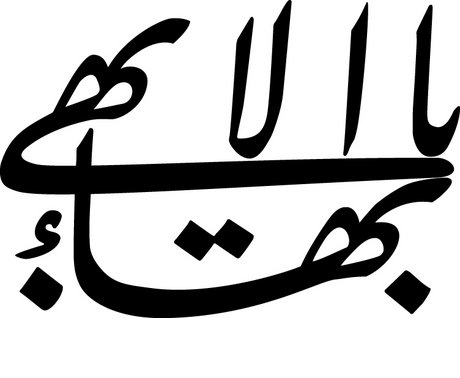

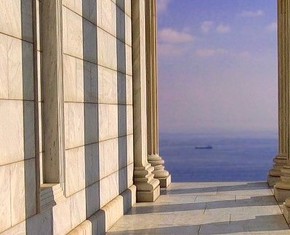











0 9 = 9
1 8 = 9
2 7 = 9
3 6 = 9
4 5 = 9
Hence, 0, 1, 2, 3, 4, 5, 6, 7, 8, and 9 are within that number, uniting them all.
Thank you.
The number 9 also comes up several times in Bahá'í history and teachings. On the significance of the number 9, Shoghi Effendi wrote:
"Concerning the number nine: the Bahá'ís reverence this for two reasons, first ...because it is considered by those who are interested in numbers as the sign of perfection. The second consideration, which is the more important one, is that it is the numerical value of the word "Bahá’"…
"Besides these two significances the number nine has no other meaning. It is, however, enough to make the Bahá'ís use it when an arbitrary number is to be chosen."
Please correct.